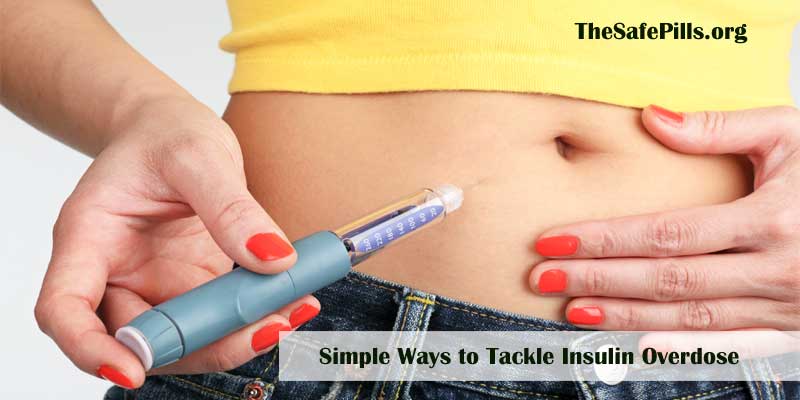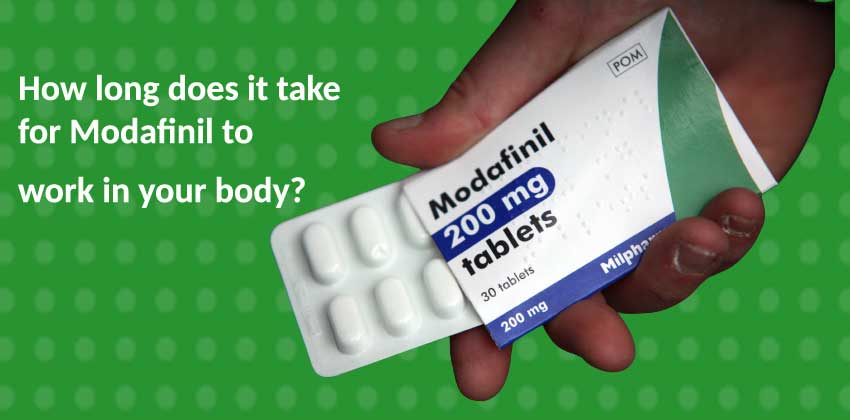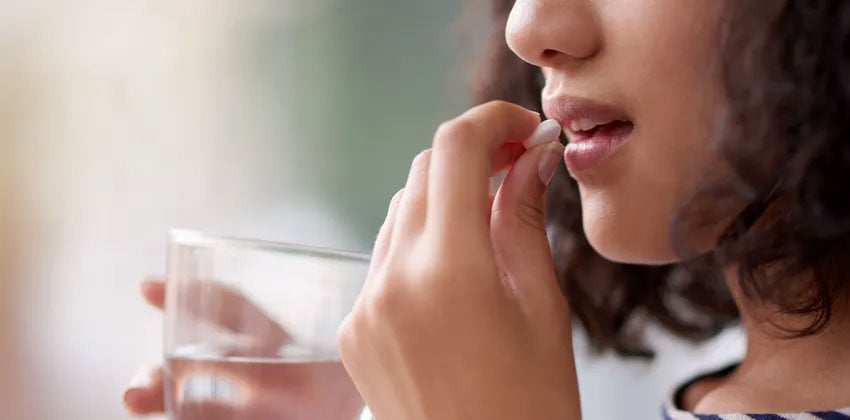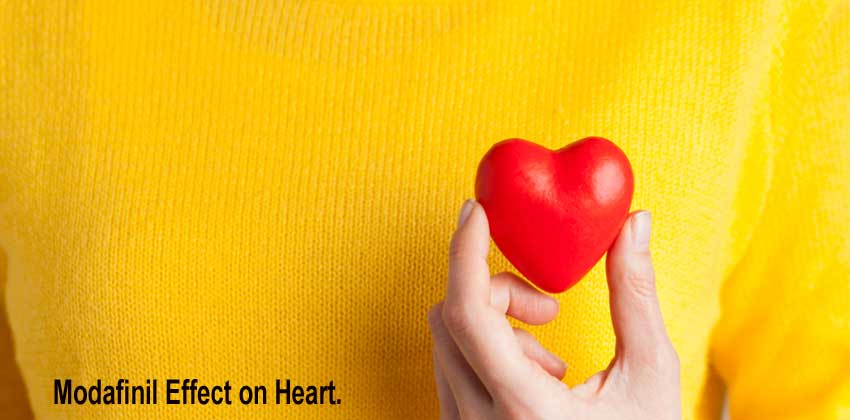-
Choose Store:


- Track Your Order
- My Account
- My Wishlist
- Log In
Simple Ways To Tackle Insulin Overdose

Insulin is a vital hormone serving as the medical treatment for numerous diabetic individuals as it aids the body's cells in absorbing sugar appropriately. When a diabetic person takes insulin correctly, it saves their life. But, overdosing on insulin proves fatal.
In our post today, we can discuss the potential signals of insulin overdose and the steps taken by a person as a preventative measure to counteract this occurring.
Overview of Insulin
The pancreas releases insulin which is a hormone. You are releasing insulin at all times at the lowered doses since it is needed for every portion of the body to aid them in functioning decently and specifically to help regulate your muscle mass and weight. Additionally, after taking a meal, insulin releases out of the pancreas to aid the further movement of glucose from the food into the body cells.
Insulin performs this function to allow the activity of unique glucose transporter all around the body known as GLUT4. It fails to activate without insulin, which is complex for most sugar to squeeze out of the blood and into the cells. It would cause the rise in the sugar levels in the blood to reach higher levels.
Type 1 diabetic people generally make little to no insulin; therefore, it needs insulin to replace the hormone to help them survive. Type 2 diabetic mainly generates more insulin but are relatively much resistant to the insulin effects in the bodies demanding more.
Furthermore, a couple of individuals fail to fit mainly into the Type 1 and Type 2 diabetes categories. Several patients would need insulin at varied doses to aid in properly managing blood sugar due to issues with the insulin secretion or pancreas.
Determining the Doses Of Insulin
There is not a single size that fits everyone for insulin dosing, and the need for insulin greatly varies from person to person, day by day, and meal by meal. The other variable included here is whatever you are eating, exercising, gaining proper medications, and distinctive illnesses.
Insulin Overdose Causes
-
Accidental Overdose
The highly common cause for insulin overdose is when an individual takes several varied kinds of insulin, for instance, the longer-acting basal insulin and the rapid-acting insulin during mealtime that switches the doses between the kind of insulin. It would result in an accidental overdose.
The other commonest cause behind insulin overdose is the improper match between the meal content and the insulin dosage. For instance, if you habitually take around 10 units of insulin for a meal with around 60 grams of carbs, then you are consuming a meal with low carbs, with the general insulin dose, which might elevate. At times, the patients might have a higher basal dose, which would eventually lead to unintentional insulin overdose if they do not consume that much daily or are nauseous, sick, or continuously vomiting.
-
Intentional Overdose
Since insulin is considered a lethal drug, patients often use it for intentional overdoses. The relatives of diabetic people often use insulin in this manner. The person needs to undergo a complete psychiatric evaluation and an urgent case during the suspected intentional insulin overdose after an outcome of low blood sugar.
Symptoms of Insulin Overdose
The insulin overdose symptoms mainly rely on how low blood sugar levels are reached. Generally, symptoms eventually start displaying whenever the blood sugar falls below 70 mg/dl in diabetic individuals. However, a few people would feel the symptoms have greater blood sugar readings.
Whenever the blood glucose level drops to 70 mg/dl in a diabetic individual, the body starts to enact defenses preventing the glucose from dropping more. The following symptoms are included here:
-
Increased production of glucagon
The first line of defense of the body in the condition of low blood sugar is towards secreting a substance from the pancreas, which is noted as glucagon. It has the potential to oppose the actions of the insulin that forces the liver to create greater sugar for getting used in the body.
-
Boosted adrenaline and cortisol
The glucagon reserve of the body is never sufficient at counteracting the amount of insulin into circulation with the other defense where the body is mobilizing towards the steroid hormone or cortisol and the adrenaline. It would maximize the circulation of the adrenaline, which eventually leads to the symptoms linked with overdosing on insulin as follows:
- Shaking hands
- Greater sweat and warmth
- Anxiety, palpitations, and nervousness
- Behavioral changes or becoming talkative and speaking rapidly
- Hunger and the behavior of searching for food
The symptoms are typically mild when blood sugar levels are above 50 and less than 70. As there is a drop in the blood sugar levels than 50 or less than 40 mg/dl, then the diabetic might have serious symptoms that include the following:
- Greater confusions
- Loss of consciousness or lethargy
- Greater seizures
- Coma
Treating an Insulin Overdose
Treating emergencies during an insulin overdose depends entirely on whether the patient is awake.
-
When the person has consciousness
Suppose the patient can interact or is awake. In that case, the ideal initial treatment for this condition is to ingest a rapidly acting sugary food like orange juice, apple juice, or even a soda. Improvements are noted in just about ten to fifteen minutes if you take as little as 4 ounces each five minutes as you can check through the fingerstick blood glucose levels. The kind of insulin that causes this overdose depends on how long the hypoglycemia will last. Every insulin faces different times for its highest activities with the entire duration of the body's activities.
When a person is confused or not conscious
When the patient is not awake or confused, drinking juice becomes tough. In these instances, emergency treatment with the help of glucagon is used. As mentioned, glucagon is the hormone the body produces, counteracting insulin's action. Currently, glucagon needs an injection; however, it includes the inhaled formulation of glucagon, which is made available. They are administered to the patients whenever they are not conscious by squirting the mist of glucagon on the nose, allowing them to inhale them whenever they are not conscious.
Closing thoughts
The ideal way to avoid overdosing on insulin is to be careful regarding the amount of insulin one injects. It is vital to start carefully monitoring blood sugar when taking insulin. When you notice the entire pattern of low blood sugar consistently, it is important to speak with your doctor to reduce the amount of insulin you take.






